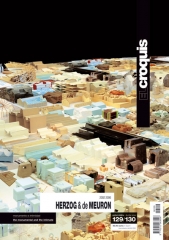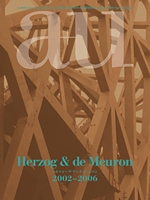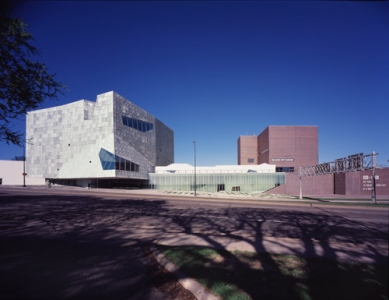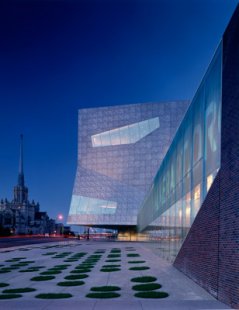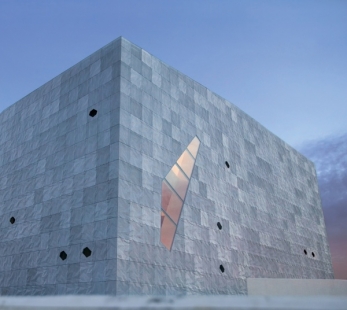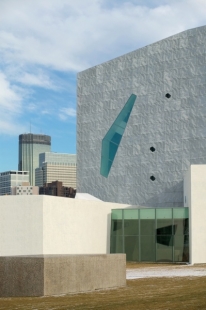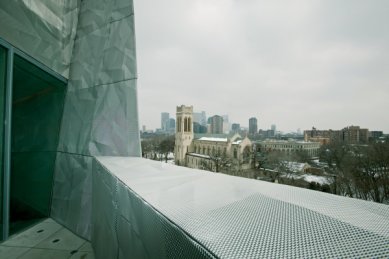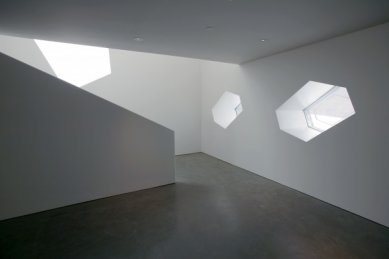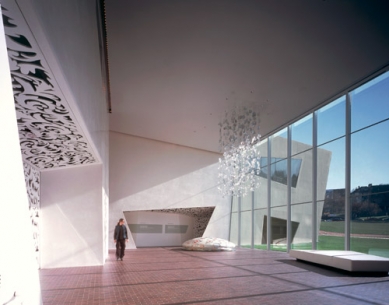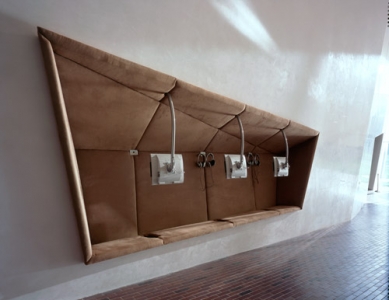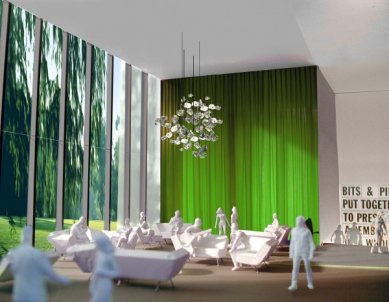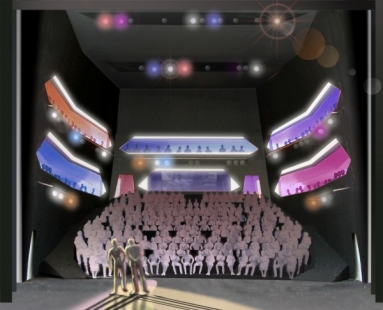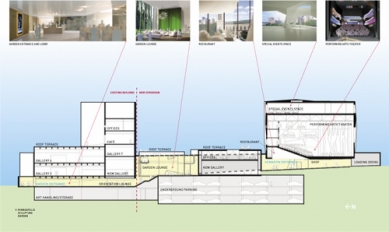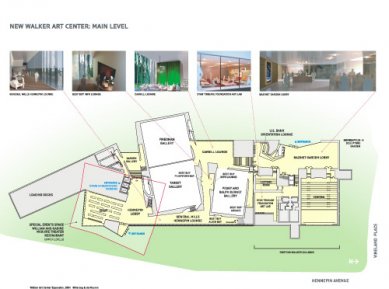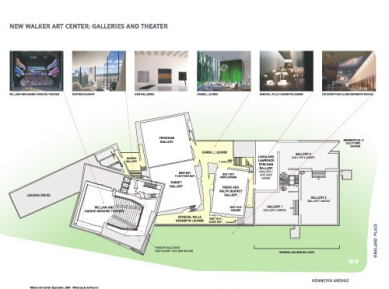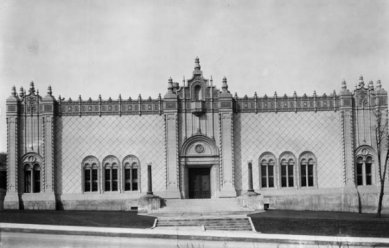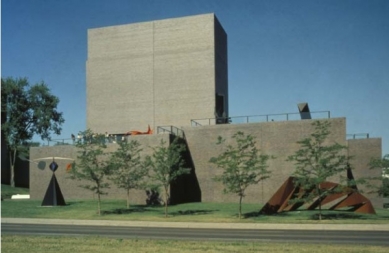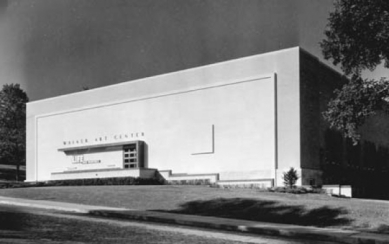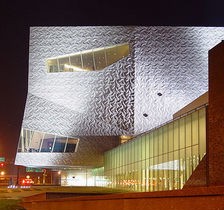 |
The state of Minnesota reminds us Europeans of Finland in many ways. It also has tens of thousands of lakes, every tourist guide praises the beauty of nature, camping opportunities, and moreover, the Mississippi River - one of the longest rivers in the world - has its source here. This North American location has yet another distinction. The largest shopping mall in the world stands here - Mall of America (designed by postmodernist Jon Jerde), which is located in a metropolitan area known as the Twin Cities. It includes the city of Minneapolis (400,000 inhabitants), where a new expansion of the Walker Art Center has been completed this May. The history of one of the ten most visited museums in America dates back to 1927. Every quarter-century, it has undergone modernization. The most recent upgrade was completed this spring when the second major commission by the duo Herzog & de Meuron on American soil was finished. Chief curator of the Walker Art Center, Richard Flood, was enthusiastic about collaborating with the architects from the very beginning. He found their designs to be inviting. However, Jacques Herzog cooled his excitement with the statement, "we have created a giant ice cube for an ice city." This cut and shimmering "ice cube" envelops the brutalist brick mass of the museum from the early 70s by Edward Larrabee Barnes. The external shell made of crumpled aluminum panels changes with the weather. When clouds gather, the building's shell can become indistinguishable from the sky. Inside, the authors took a path of extreme contrasts. In a single structure, ornamentation, deconstruction, and a theater hall combine with the appearance of an Afghan cave. The unrestrained design provides visitors and artists the freedom to breathe. Walker Art Center is precisely in the middle, yet also quite far from the main cultural centers on the east and west coasts of the USA. The systematically built collection includes early works by minimalists, Pop Art, Arte Povera, Fluxus, and masters of contemporary photography. However, what the center is perhaps most famous for is interdisciplinary performances - a modern Gesamtkunstwerk, where filmmakers and theater artists collaborate with dancers and visual artists. In the 1960s, Merce Cunningham experimented here with John Cage, and Jasper Johns created stage images for them. Janis Joplin, Led Zeppelin, as well as Philip Glass have performed here. In conclusion, I wish the museum success in attracting as many souls as possible with its programs, souls that are still wandering nearby in the largest supermarket in the world.
The English translation is powered by AI tool. Switch to Czech to view the original text source.






